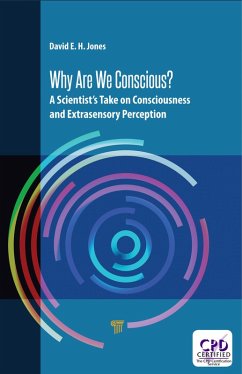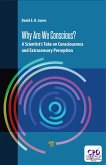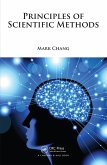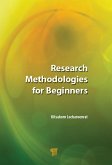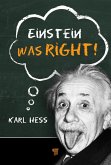There are two huge gaps in scientific theory. One, the contradiction between classical and quantum mechanics, is discussed in many publications. The other, the total failure to explain why anything made of atoms (such as ourselves) can be conscious, has little acknowledgement. The main thesis of this book is that to be conscious at all, you need an unconscious mind. The author explores the idea that this mind sometimes makes contact with a whole unknown world, sporadically revealed by paranormal effects, but perhaps discoverable by hitherto uninvented scientific instruments.
The book looks at the notion of the unconscious mind, one of the most important hypotheses of the twentieth century. Psychiatrists often deploy it rather informally, but there is no accepted theory of it. No region of the human brain seems to hold it. The author delves into the notion that the unknown world exists and is very weakly coupled to the physical world. He ponders the properties it may have to allow this coupling, looks at several paranormal effects scientifically and points out that many of them seem to imply brief but dramatic changes of the forces between atoms-a possible effect of the unknown world, unexamined by physical science.
No existing publication seeks to talk both about paranormal mysteries and scientific theory. If scientists know about the gaps in existing knowledge, they might initiate research into such gaps, or notice experimental oddities they now gloss over. If the general public was aware of the gaps in physical theory, they would be less overwhelmed by the intellectual diktats of some scientists.
The book looks at the notion of the unconscious mind, one of the most important hypotheses of the twentieth century. Psychiatrists often deploy it rather informally, but there is no accepted theory of it. No region of the human brain seems to hold it. The author delves into the notion that the unknown world exists and is very weakly coupled to the physical world. He ponders the properties it may have to allow this coupling, looks at several paranormal effects scientifically and points out that many of them seem to imply brief but dramatic changes of the forces between atoms-a possible effect of the unknown world, unexamined by physical science.
No existing publication seeks to talk both about paranormal mysteries and scientific theory. If scientists know about the gaps in existing knowledge, they might initiate research into such gaps, or notice experimental oddities they now gloss over. If the general public was aware of the gaps in physical theory, they would be less overwhelmed by the intellectual diktats of some scientists.
Dieser Download kann aus rechtlichen Gründen nur mit Rechnungsadresse in A, B, BG, CY, CZ, D, DK, EW, E, FIN, F, GR, HR, H, IRL, I, LT, L, LR, M, NL, PL, P, R, S, SLO, SK ausgeliefert werden.

